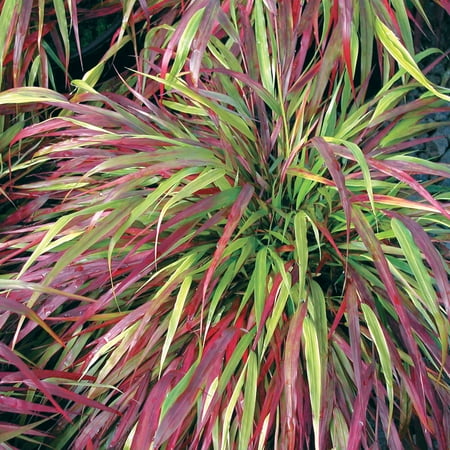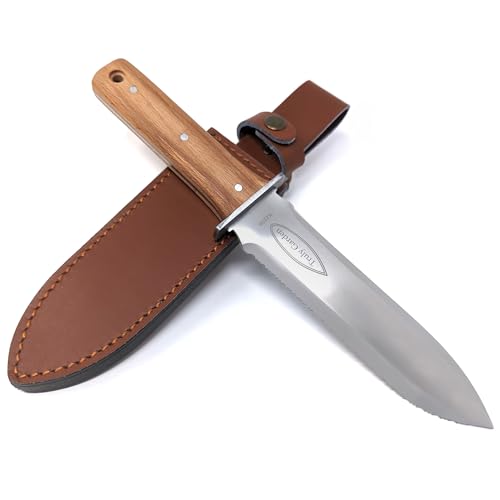How to grow Japanese forest grass – for an elegant problem-solver plant that thrives in shady borders
With arching green blades, Japanese forest grass brings texture and movement to challenging dark corners

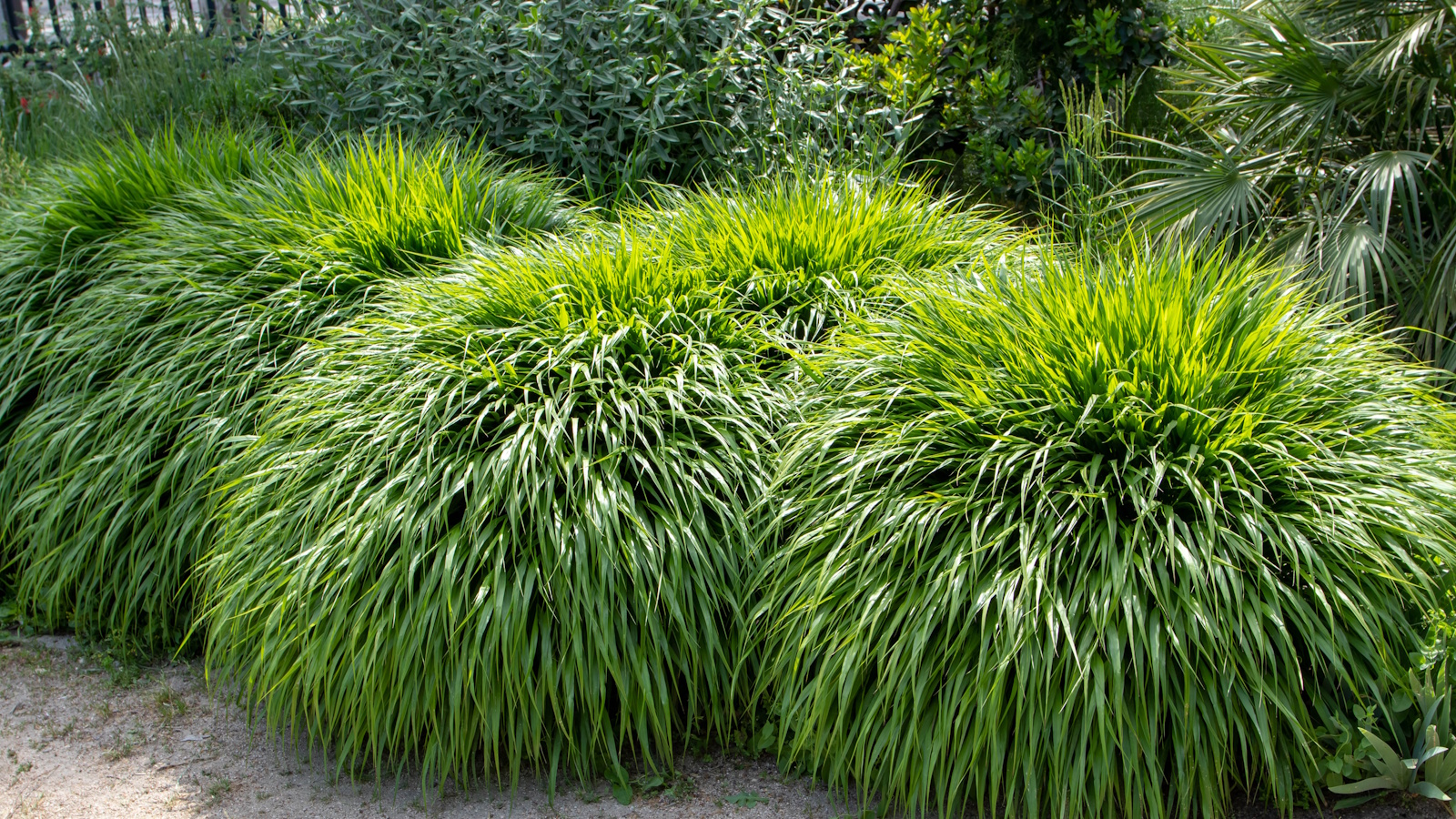
Several years ago, I planted a London garden where the brief was grasses, grasses, and more grasses. The clients were mildly obsessed. And, despite my reservations, I'll admit, they were onto something. In the darker spots of the yard, especially under a large and gnarled oak tree, one elegant, arching perennial stole the show: Japanese forest grass.
Now, after several years working as a professional gardener, I have planted all sorts of grasses, but I remain a little in awe of the shade-tolerant Japanese forest grass, or Hakonechloa macra. It has slightly broader blades than most fine grasses (roughly half an inch), and once it’s established, it forms these soft, elegant mounds, as can be seen in the image above. They look cinematic; like something from an animation.
While easy to grow, Japanese forest grass is slow to get going and won’t fill borders instantly. You’re probably looking at two years before it really settles in. But, believe me, the investment is worth it. So, if you are considering landscaping with ornamental grasses this year, Japanese forest grass comes with a glowing recommendation. Here’s everything I have learned about how to grow Japanese forest grass.
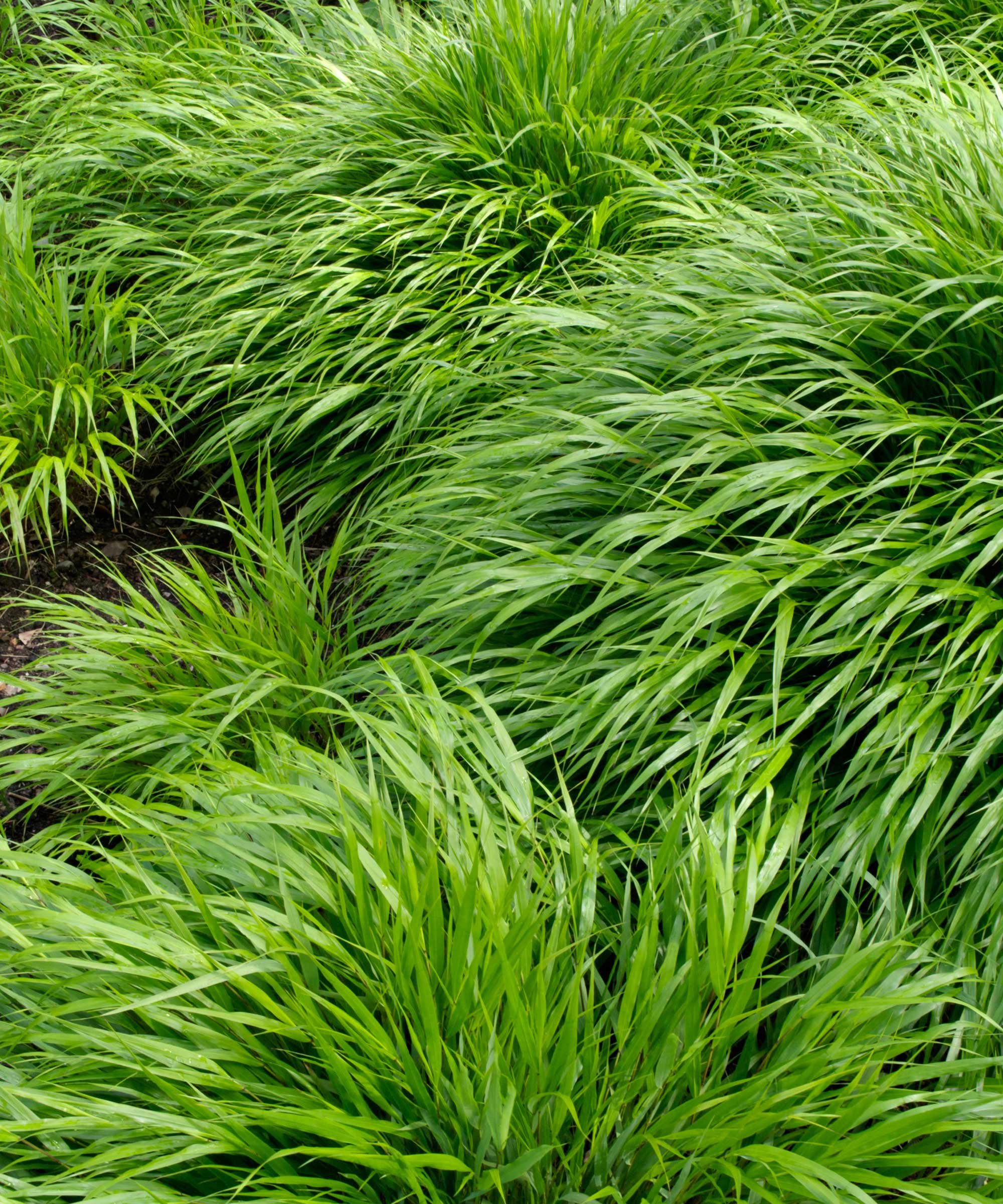
How to grow Japanese forest grass
I think that Japanese forest grass is one of the best perennials for shady borders. And, who wouldn't want to fill dark spots in the yard with dense ground cover plants? Fortunately for us, learning how to grow Japanese forest grass is relatively simple, so long as you follow a handful of rules as set out here.
Growing habits of Japanese forest grass

Japanese forest grasses can be grown down to US hardiness zone 4, making them some of the best plants for a Japanese garden in cooler, northern regions.
Live Japanese forest grasses are available to order via Amazon.
While this species does produce fine, delicate flowers that are typical of grasses, it is usually grown for its lush lime-green foliage, which not only delights in spring and summer, but also displays remarkable seasonal color changes in fall, too.
Design expertise in your inbox – from inspiring decorating ideas and beautiful celebrity homes to practical gardening advice and shopping round-ups.
I would usually advise planting this grass in spring or fall, but it can be added to borders at any time of year. Just avoid planting during a heatwave or deep freeze.
In terms of placement, Japanese forest grass does best either as full-shade perennials or part-shade perennials, and I would not advise planting in full sun, unless you live in zone 4.
These are also good ground cover plants for wet soil, and can handle damp borders that retain moisture, so long as they are not waterlogged for prolonged weeks and months.
And, unlike many non-native grasses, Japanese forest grass is very slow-growing and is not considered an invasive plant. The clumps will stay fairly compact and manageable for many years.
Care guide for Japanese forest grass
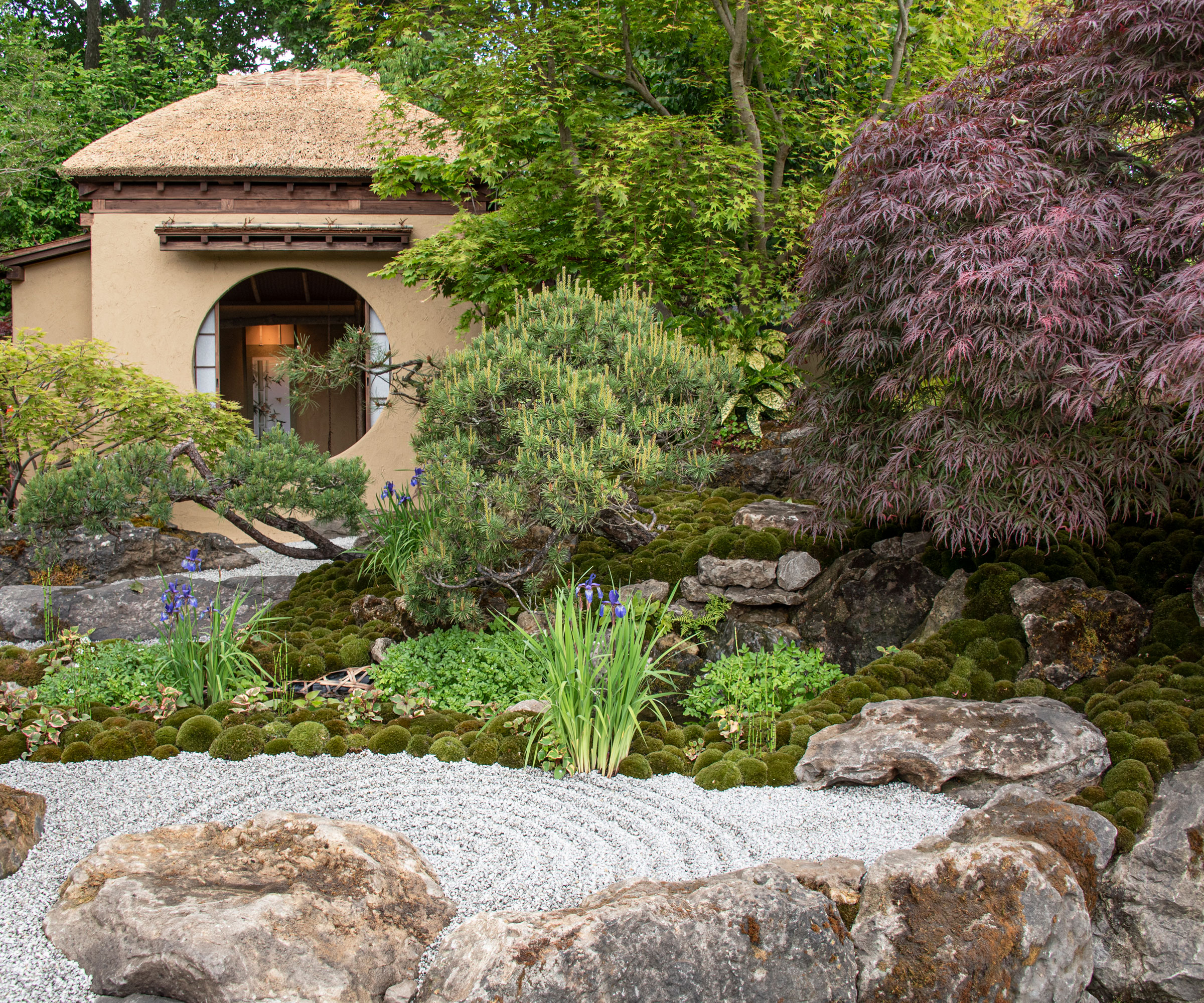
Soil: Japanese forest grasses are woodland plants, so they enjoy moist, fertile soil, like you would expect to find in a wooded area or forest. Mulching is a good idea to improve the quality and structure of your soil. Try using something like this organic mulch from Walmart.
Light: They thrive in part-shade, preferring a few hours of morning sun and protection from harsh rays in the afternoon. However, in southern regions, like zone 8, you can get away with planting in deep shade. Do note, however, that the coloration of the blades will change depending on the light. So, in full shade, the blades will be greener, whereas in part shade, they will take on a yellow-gold tint. If you are keen on yellow varieties, grow 'All Gold', with live plants available from Amazon.
Watering: Japanese forest grasses do best in evenly moist soil. If there is a prolonged heatwave, or you are suffering from drought in July or August, I would recommend deep watering every few days, to help them on their way.
Fertilizing: In my experience, it is not really necessary to fertilize Japanese forest grasses. If you annually mulch your borders, this should be sufficient to provide them with everything they need. If, however, you are growing in poor soil, you can use a balanced multi-purpose fertilizer in spring to give your grasses a boost.
Pruning: No pruning is necessary during the growing season. I would suggest leaving the blades to bronze and yellow through the winter months, which will help to provide interest during November and December. You can then cut your grass down to the base right at the point before your plants jump into life in spring, usually best done in February or March. After pruning, you can then mulch around the base of the plant, which is far easier when the foliage is out of the way.
Toxicity: Japanese forest grass is not reported as having any toxic effects on humans or pets.
FAQs
Can I grow Japanese forest grass in pots?
Yes, you can grow Japanese forest grass in pots. Be sure to place the container in a part-sun-part-shade location, and ensure that you water regularly. While they do not like having boggy soil, they require consistent water, which can be tricky when growing in pots. Try planting alongside other shade-loving perennials, like hostas and ferns.
Consider also adding one or two of the best native grasses to your plot, alongside your clumps of Japanese forest grass.
From blue grama to deer grass, there are many attractive and tough species native to North America. Our guide has all the information to inspire your next planting project.
Shop gardening accessories

Thomas is a Content Editor within the Gardens Team at Homes and Gardens. He has worked as a professional gardener for both public spaces and private estates, specializing in productive gardening, growing food and flowers. Trained in Horticulture at the Garden Museum, he has written on gardening and garden history for various publications, including The English Garden, Gardens Illustrated, Hortus, The London Gardener and Bloom. He has co-authored a Lonely Planet travel book, The Tree Atlas, due out in 2024.

